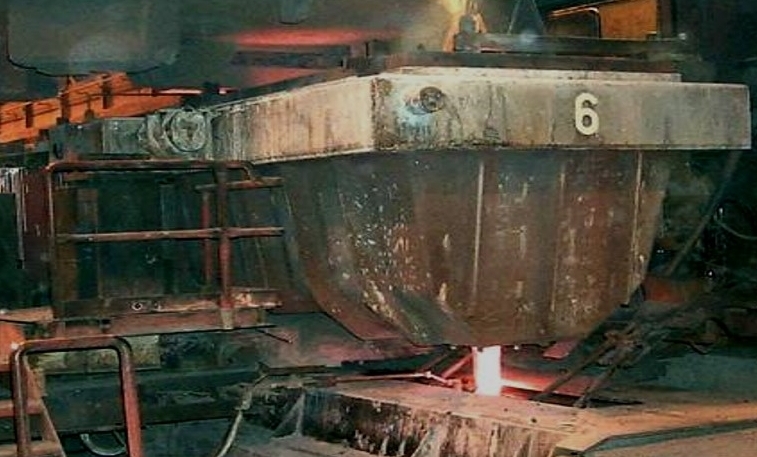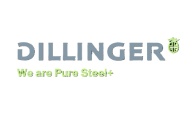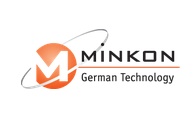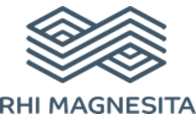HydroPic - Analysis and control of hydrogen content during steelmaking

Initial situation:
- Hydrogen dissolved in steel can be interstitially embedded in the microstructure, which leads to tensile and fatigue strength reduction and therefore to component malfunctions.
- The demands on lowest hydrogen contents in the final steel product are more and more increasing, especially for high strength steels.
- A targeted control of hydrogen content in liquid steelmaking is difficult, as the level of hydrogen pick-up after vacuum treatment can be predicted only with high uncertainty, and only spot H measurements are available.
Project targets:
- Detailed investigations on hydrogen pick-up and removal during ladle treatment and continuous casting.
- Dedicated measurement campaigns based on novel continuous measurement technologies.
- Development of process models for monitoring and prediction of H pick-up and removal.
- Set-up of a model-based advisory system for in situ measurement and control strategies, to derive optimal operational practices.
Innovative approaches:
- Through process modelling of hydrogen content evolution during secondary metallurgy treatment and continuous casting
- Development of new tundish lining materials with low hydrogen pickup
- Set up of a decision support system to provide practical measures to reduce the hydrogen pickup
Benefits for the industry:
- Improved steel quality with reliable achievement of lowest hydrogen contents in the final product, especially for innovative high strength steel grades.
- Reduced energy and resource consumption due to the avoidance of vacuum treatment times longer than necessary.
- Less effort and energy consumption in post treatment process steps like annealing thermal treatment, due to a reliable adjustment of a lower hydrogen content in steel slabs, billets, blooms and ingots.
- Increased productivity in steel production
partners
Funding reference
RFCS No 847256
Your contact person

2 Dr. Bernd Kleimt
+49 211 98492-385
bernd.kleimt_at_bfi.de






